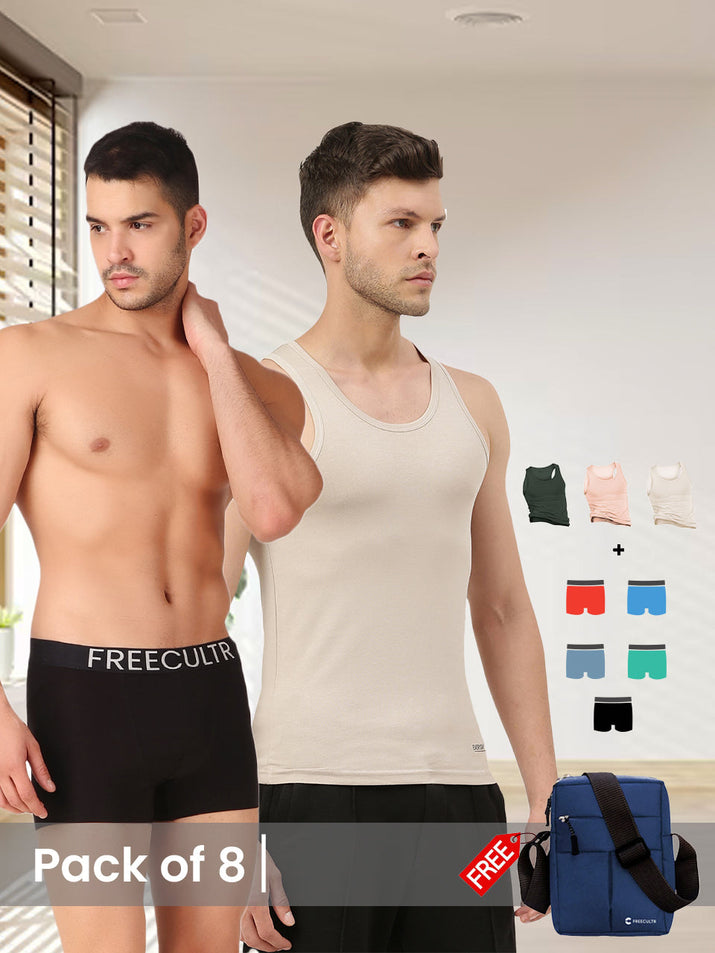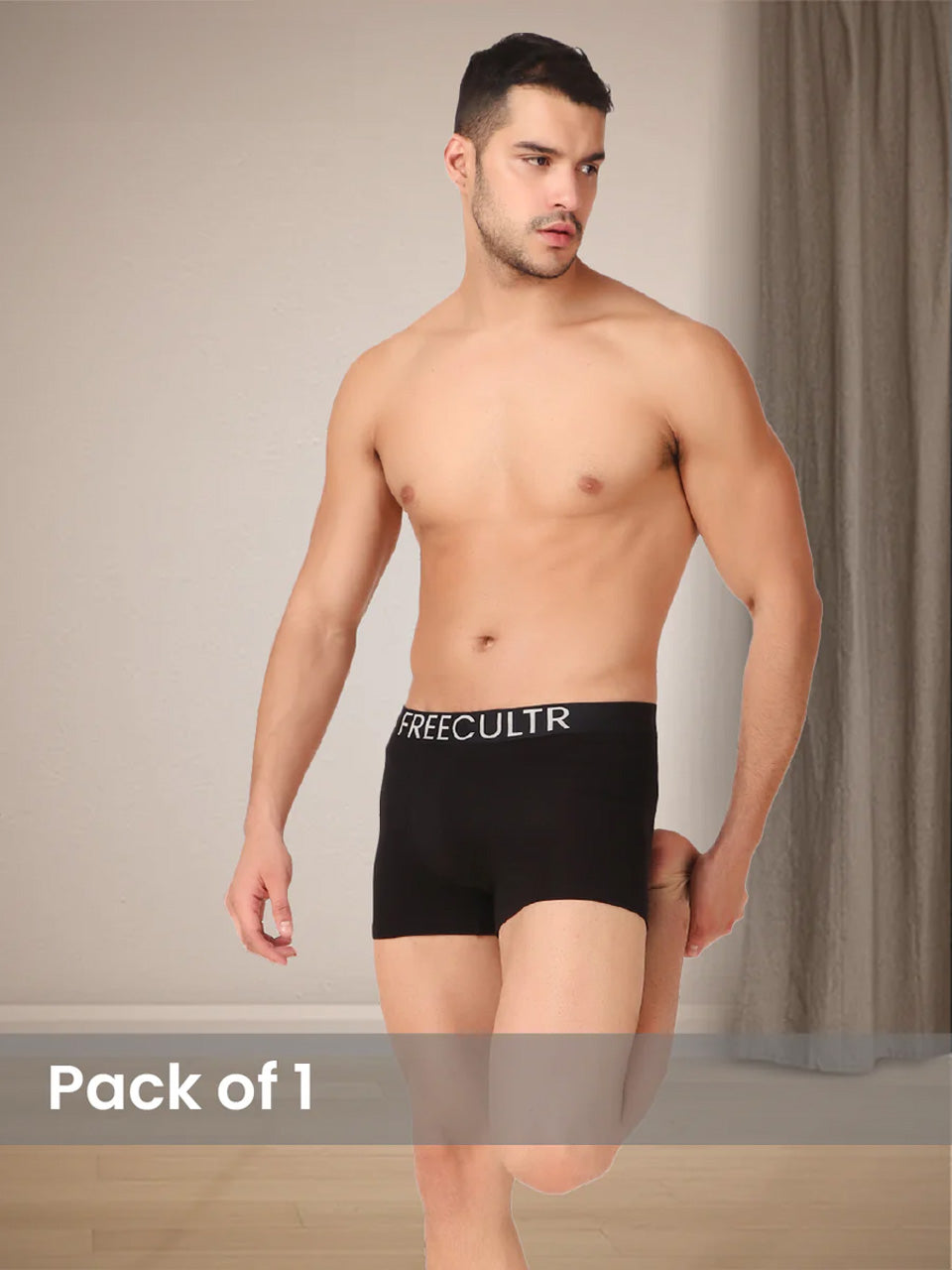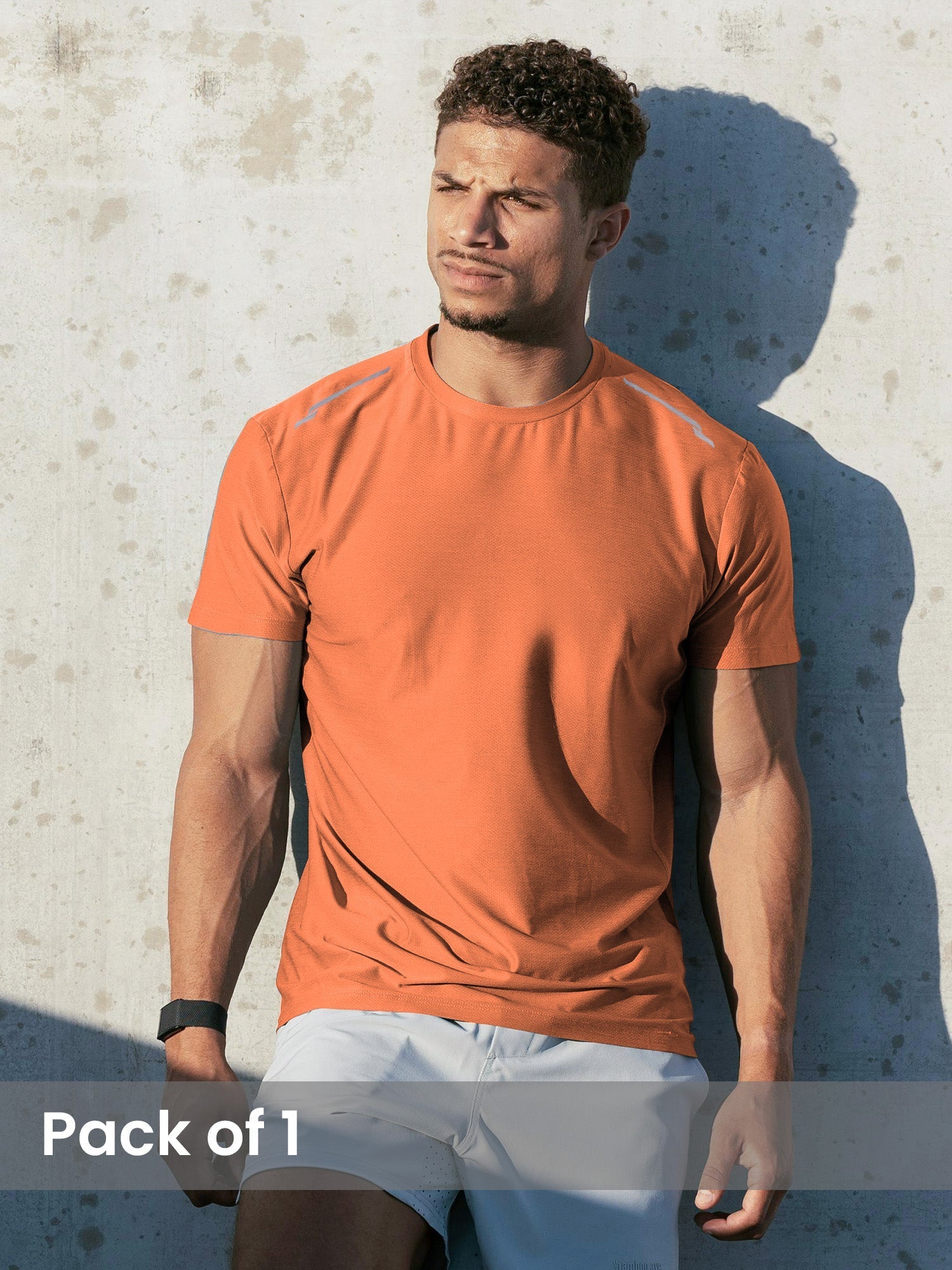Let's face it: men's innerwear often lags behind in innovation, leaving many to tolerate discomfort. We're tackling two common culprits: irritating tags and chafing. The solution lies in a design shift focused on eliminating these pain points. This exploration details how tagless construction, combined with strategically placed flatlock seams and moisture-wicking fabrics like micro-modal, creates a superior experience. Learn how these specific material and construction choices work in tandem to deliver all-day comfort and prevent friction, even during high-activity pursuits.

The Silent Enemy: Why Tagless Innerwear Matters
We’ve all been there. That incessant itching, that nagging scratch, that constant reminder that something is amiss. Often, the culprit is a seemingly insignificant piece of fabric: the tag inside your underwear. While it seems like a minor annoyance, it can lead to significant discomfort, skin irritation. A general feeling of unease throughout your day. This is precisely why tagless innerwear has become a revolution in men's comfort.
Traditional tags, often made from stiff, synthetic materials, are sewn directly into the garment. This creates a rigid point of contact that rubs against the skin, especially in areas prone to friction and sensitivity. Tagless innerwear eliminates this problem by employing alternative methods to convey essential insights like size, fabric composition. Care instructions. The most common method is heat-transfer printing, where the details is directly printed onto the fabric using specialized inks and heat. This results in a smooth, seamless surface that minimizes irritation.
Chafing: Understanding the Problem and How Innerwear Can Help
Chafing is a common skin irritation caused by repetitive friction, often exacerbated by moisture and sweat. Activities like running, cycling, or even just walking on a hot day can lead to chafing in sensitive areas like the inner thighs and groin. The skin becomes red, raw. Painful, making even simple movements uncomfortable. Choosing the right innerwear is crucial in preventing chafing and maintaining comfort, especially for active individuals.
Several factors contribute to chafing, including:
- Friction: The primary cause, resulting from skin rubbing against skin, fabric, or other materials.
- Moisture: Sweat and humidity increase friction and make the skin more susceptible to damage.
- Fabric: Certain fabrics, especially those that are rough or non-breathable, can exacerbate chafing.
- Fit: Ill-fitting underwear that is too tight or too loose can rub and cause irritation.
The right innerwear can act as a barrier, reducing friction and wicking away moisture to keep the skin dry and comfortable. This is where the combination of tagless design and specific fabric choices becomes particularly essential.
Fabric Matters: Choosing the Right Material for Comfort and Performance
The fabric of your innerwear plays a vital role in both comfort and the prevention of chafing. Different materials offer varying levels of breathability, moisture-wicking capabilities. Smoothness. Here’s a comparison of some popular options:
| Fabric | Pros | Cons | Best For |
|---|---|---|---|
| Cotton | Soft, breathable, absorbent, relatively inexpensive. | Can retain moisture, less effective at wicking sweat, prone to shrinking. | Everyday wear, casual activities. |
| Modal | Exceptionally soft, breathable, moisture-wicking, resistant to shrinking and fading. | More expensive than cotton. | Everyday wear, sensitive skin. |
| Microfiber (Polyester/Nylon blends) | Excellent moisture-wicking, quick-drying, durable, lightweight. | Less breathable than natural fibers, can retain odors. | High-intensity activities, sports. |
| Bamboo | Soft, breathable, moisture-wicking, antibacterial, sustainable. | Can be more expensive, may require special care. | Everyday wear, sensitive skin, eco-conscious consumers. |
For individuals prone to chafing, moisture-wicking fabrics like microfiber and modal are often the best choices. These materials draw sweat away from the skin, keeping you dry and reducing friction. Cotton, while comfortable for everyday wear, may not be the ideal option for high-intensity activities due to its tendency to retain moisture.
The Tagless Advantage: Minimizing Irritation and Maximizing Comfort
The tagless design works in synergy with the fabric choice to provide optimal comfort. By eliminating the physical tag, you remove a potential source of irritation and friction. This is especially vital for individuals with sensitive skin or those who experience frequent chafing. The smooth, seamless interior of tagless innerwear allows the fabric to work more effectively, wicking away moisture and reducing friction without the added discomfort of a tag rubbing against the skin.
Think of it this way: you're wearing premium, moisture-wicking fabric designed to keep you cool and dry. But that scratchy tag is constantly disrupting the comfort and potentially causing irritation. Removing the tag allows the fabric to perform its intended function without interference. This leads to a more comfortable and enjoyable experience, whether you're working out, running errands, or simply relaxing at home.
Real-World Applications: Tagless, Chafing-Preventing Innerwear in Action
The benefits of tagless, chafing-preventing innerwear extend beyond just comfort. They can significantly impact performance and well-being in various situations:
- Athletes: Runners, cyclists. Other athletes rely on comfortable, chafe-free innerwear to perform at their best. Moisture-wicking fabrics and tagless designs allow them to focus on their training without distraction or discomfort.
- Outdoor Enthusiasts: Hikers, campers. Climbers need innerwear that can withstand long days of activity in varying conditions. Durable, moisture-wicking fabrics and tagless designs provide the necessary comfort and protection against chafing.
- Individuals with Sensitive Skin: People with eczema, psoriasis, or other skin conditions often find traditional innerwear irritating. Tagless designs and soft, natural fabrics like modal or bamboo can help minimize irritation and promote skin health.
- Everyday Wear: Even for everyday activities, comfortable, chafe-free innerwear can make a significant difference in overall well-being. Eliminating the discomfort of tags and choosing breathable fabrics can improve mood, focus. Productivity.
I personally experienced the benefits of switching to tagless innerwear during a half-marathon. Before, I would always develop chafing on my inner thighs, despite using anti-chafing balm. After switching to tagless microfiber briefs, the chafing was significantly reduced. I was able to complete the race in much greater comfort. This experience highlighted the importance of choosing the right innerwear for specific activities.
Fashion & Comfort: Style Considerations for Men's Innerwear
While comfort and functionality are paramount, style also plays a role in choosing men's innerwear. Thankfully, tagless, chafing-preventing options are available in a wide range of styles and designs to suit individual preferences.
Common styles include:
- Briefs: Provide maximum support and coverage.
- Boxer Briefs: Offer a balance of support and freedom of movement, with longer legs to prevent riding up.
- Boxers: Loose-fitting and breathable, ideal for relaxed comfort.
- Trunks: Similar to boxer briefs but with shorter legs.
- Performance Underwear: Designed specifically for athletic activities, with advanced moisture-wicking and compression features.
In addition to style, consider the color and design of your innerwear. Neutral colors like black, gray. Navy are versatile and can be worn with a variety of outfits. Some brands also offer patterned or brightly colored options for those who prefer a more expressive style. The key is to find innerwear that not only feels good but also reflects your personal taste.
Beyond the Basics: Advanced Features in Men's Innerwear
The world of men's innerwear is constantly evolving, with new technologies and features emerging to enhance comfort and performance. Some advanced features to consider include:
- Antimicrobial Treatments: Fabrics treated with antimicrobial agents can help prevent the growth of bacteria and reduce odor.
- Compression Technology: Compression innerwear can improve blood circulation, reduce muscle fatigue. Enhance athletic performance.
- Ergonomic Design: Innerwear with contoured pouches and strategically placed seams can provide optimal support and comfort.
- Sustainable Materials: Brands are increasingly using sustainable materials like organic cotton, recycled polyester. Tencel to reduce their environmental impact.
These advanced features can further enhance the benefits of tagless, chafing-preventing innerwear, providing a superior level of comfort, performance. Sustainability. When choosing innerwear, consider your specific needs and preferences and look for features that align with your lifestyle.
Conclusion
Let's view the purchase of tagless, chafe-preventing innerwear not just as buying underwear. As investing in your daily comfort and overall well-being. You've learned the importance of choosing the right materials, the benefits of a tagless design. The impact proper fit has on preventing chafing. Moving forward, remember that personal preference is key. Don't be afraid to experiment with different fabrics and styles to find what truly works best for you. As someone who once suffered through a marathon with ill-fitting underwear (a lesson learned the hard way!) , I can attest that the right innerwear is a game-changer. Prioritize comfort, breathability. A smooth fit. You'll experience a noticeable difference in your day-to-day life. Go ahead, upgrade your innerwear drawer – your body will thank you! For more data on maintaining good hygiene with your undergarments, check out this helpful guide.More Articles
Brief – Supportive Fit & Soft CottonMen's Trunks – Quick Dry & Enhanced Mobility
Innerwear – Enhanced Comfort & Lasting Freshness
Men's Trunks – Stylish Prints & Secure Fit
FAQs
So, what's the big deal with 'tagless' innerwear anyway?
Okay, picture this: that annoying little tag constantly scratching and itching your back. Tagless innerwear eliminates that irritation. The care instructions and size are printed directly onto the fabric, so you get pure, unadulterated comfort. No more tag-induced distractions!
Chafing prevention? Seriously, how does underwear even do that?
Good question! It's all about the fabric and the fit. Look for moisture-wicking materials like micro modal or performance blends. These fabrics keep you dry, reducing friction. A good fit – not too tight, not too loose – also minimizes rubbing in sensitive areas. Think of it as a personal force field against chafing!
What fabrics are best for preventing chafing in men's underwear?
You'll want to hunt for breathable, moisture-wicking fabrics. Micro modal is super soft and great for wicking away sweat. Performance blends, often with polyester or spandex, are another solid choice because they're designed for active use and keep you cool and dry. Cotton can work. It doesn't wick moisture as effectively as the others, so it might not be the best for intense activity.
Is 'tagless' just a marketing gimmick, or does it actually make a difference?
Honestly, it's not just hype. For some guys, that tag is a major source of irritation. Tagless innerwear is a simple solution that can significantly improve comfort. It's a small change that makes a big difference, especially if you have sensitive skin.
What kind of activities benefit most from chafing-preventing underwear?
Think anything that involves repetitive movements or sweating: running, cycling, hiking, working out at the gym, even just walking a lot on a hot day. , any situation where things are rubbing together down there! These kinds of innerwear can be a game changer for comfort during physical activity.
Okay, I'm sold. What styles should I be looking for to minimize chafing?
Boxer briefs are generally a good choice because they offer more coverage and support than traditional briefs. Look for styles with a longer inseam to prevent your thighs from rubbing together. Also, pay attention to the seams. Flatlock seams are less likely to cause irritation than raised seams.
How do I wash this special underwear to keep it working its magic?
Always check the care label. Generally, wash them in cold water with similar colors. Avoid using bleach or fabric softener, as these can damage the fibers and reduce their moisture-wicking abilities. Tumble dry on low or, even better, hang them to dry. This will help them last longer and keep them performing at their best.






